Renowned contemporary sculptor Shen Hongbiao was born in Shenyang, in China, in 1969, and studied sculpture at the Lu Xun Academy of Fine Arts.
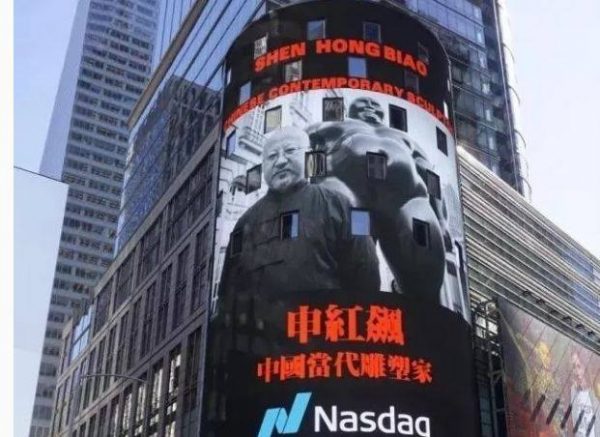
An interview with AMA Media
Could you tell us a little about yourself?
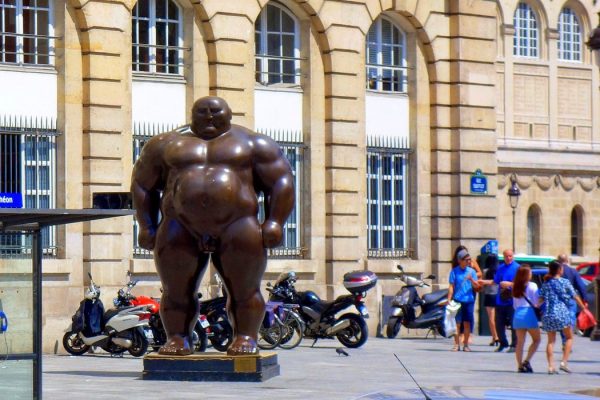
I was born in Shenyang, in China. I joined Paris’s Sorbonne University following an internship at the city’s École des Beaux-Arts with Professor Abraham Pincas – a decision which was influenced by a meeting with Eliane Chiron, a professor at the Sorbonne. Following this, I decided to deepen my work, and took a masters course, before producing a thesis entitled “The Poetry of Shock in Contemporary Chinese Sculpture”.
Can you tell us more about your art? What do they represent for you?
I try to represent an interior force in my sculptures. The materials which I employ in my works are often very hard – like steel , iron, bronze and stone. The interior force of the sculpture is soft, like water. It extends up to the exterior, whilst the force of the exterior pushes inward: the two forces press against one another. My art acts as a witness to my life.
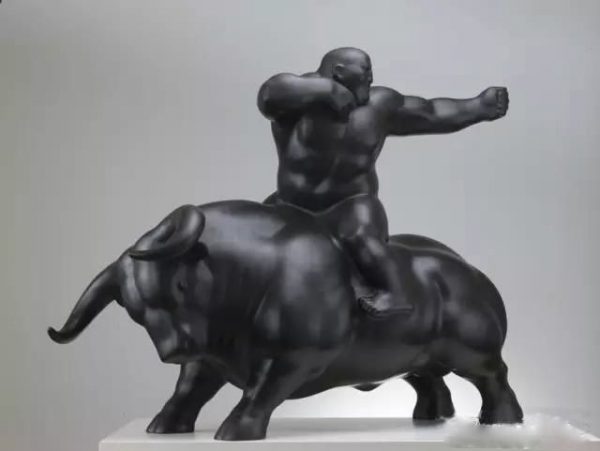
What technique did you use?
I used clay to establish the form of the piece then, following this, I produced a plaster mould, which I coated in resin. The sculpture finally took shape with a stainless steel or bronze support. The leathery colour comes from a patina which has to be applied over the course of six long months in full sunlight.
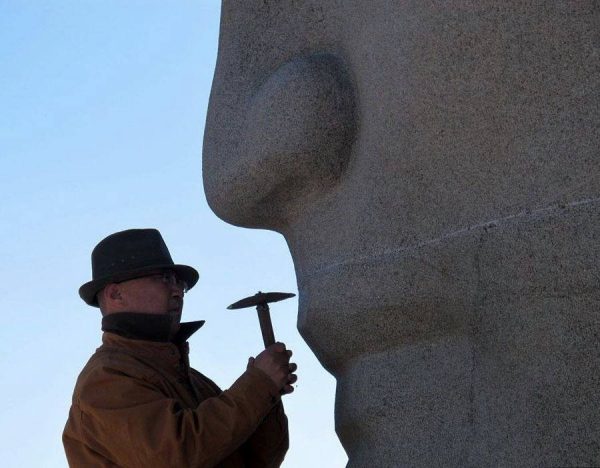
What are your artistic influences?
There are two sources of inspiration for my art. One is the cultures of the Han Dynasty (206 BC – 220 AD) and the Wei Dynasty (386 – 550 AD). I consult a lot of examples of works in this field – such as the brick reliefs of Hua Xiang Zhuan or those in stone by Hua Xiang Shi, which date from the Han Dynasty (Hua Xiang Zhuan). Han and Wei were two glorious eras, marked by a sense of artistic freedom following the rigorous nature of practice during the Qin dynasty (221 BC – 207 AD).
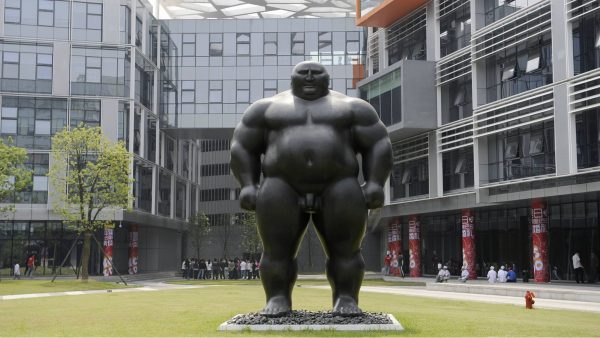
The second influence lies in the landscape of Mongolia, and the customs of its inhabitants: for example, horse riding, wrestling and archery. I spent years in Steppes, and the nature there makes me feel at ease. Between the sky and Steppes, there is nothing but myself. There, I’m going to help my Mongolian friends and raise my horse.
Has your experience in France also had an influence on your work?
My experience in France has enabled me to find a language for my art. When I was in Europe, I rediscovered the essence of Asian culture – it’s also because of this that I used a lot of Asian languages during my studies.
Where have your works been exhibited?
I have previously been shown in China – at the University of Beijing, the Mercedes-Benz Arena in Shanghai, and the Alibaba Headquarters in Hangzhou – and has also been shown in Australia and Indonesia.
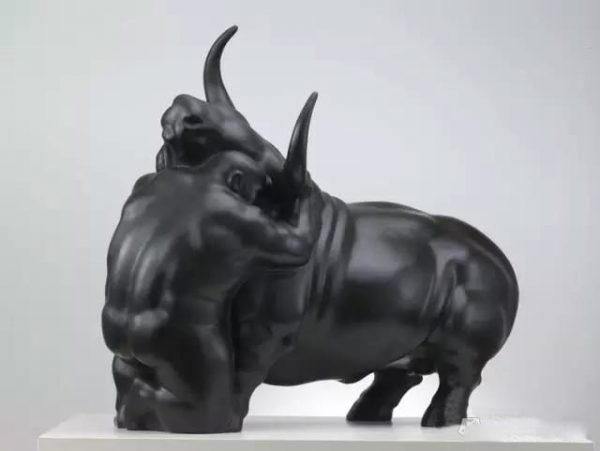
What is your understanding of the relationship between your sculptures and space?
Sculpture should be the cherry on a cake. My works are better adapted to large, rather than small spaces. The bigger an area is, the greater the force of my work – something which is a recurrent characteristic of my practice.
